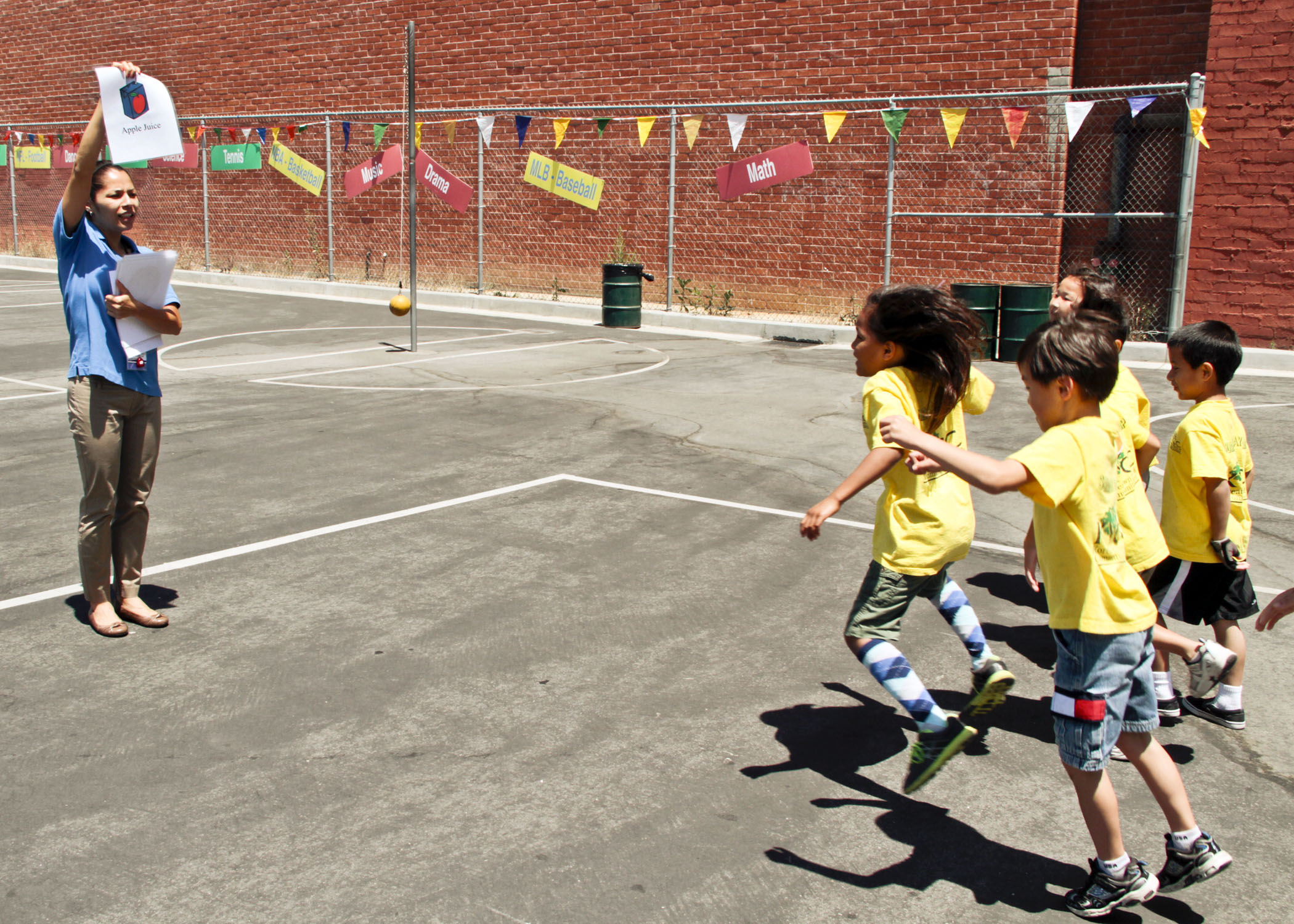
State policy and independent activism have combined to produce a little known good news story for California: serious injuries to children have declined dramatically over the past decade.
Anne Hamilton has had a front-row seat on that transformation. Hamilton, her husband, and three baby girls were driving from their home in Los Angeles to Phoenix for a vehicle safety conference when their minivan hit road debris in the dark going 70 mph.
“The road debris caused us to go off onto the shoulder, which was gravel, and because it was gravel we spun,” Hamilton said. “We spun across the highway.”
On the other side of the road the van hit a ditch and flipped into the air, landing nose first and bouncing upside-down. The front passenger side was completely demolished. Luckily Hamilton was in the back with her daughters while her husband drove.
The most serious injury was a broken leg suffered by one of her children. Everyone else had minor cuts and bruises. Hamilton’s youngest was sitting in a rear-facing car seat.
“Our rear facing daughter, who was almost three years old, was behind me and she did not have a bruise or scrape on her,” she said.
Hamilton’s two oldest daughters, four and seven at the time, were fastened into what are known as five point higher weight harnessing seats with top tethers. Hamilton and her husband were strapped in with traditional lap and chest belts.
“We’re past the age when most parents think you can just throw the kids in the back seat and let them run around,” she said. “Living in LA there are a lot of accidents. Parents understand that car seats are important.”
Children in California are significantly less likely to get hurt today than they were a decade ago. Between 2000 and 2009, non-fatal injuries for people under 21 decreased by 20 percent, according to the California Department of public health.
“The significant decline in non-fatal hospitalizations can be attributed in large part to California’s systematic injury prevention policies and effective programming,” said Jacquolyn Duerr with CDPH.
These policies include:
• Universal helmet law for children under the age of 18 on bikes, scooters, skateboards, and skates
• Comprehensive playground equipment and surface safety regulations
• Restrictions on child access to loaded guns
• Pool safety barrier requirement for residential pools and spas
• Mandatory toddler drowning warning labels in English and Spanish for five gallon buckets
But the most dramatic improvements have been made in motor vehicle safety. Over the last decade, non-fatal hospitalizations due to traffic injuries for children under 21 have dropped more than 40 percent. And traffic fatalities for all Californians decreased more than 37 percent over the last five years, according to state officials.
Landmark legislation such as requiring car and booster seats for children under the age of six and restrictions on leaving children under the age of seven unattended in a car are nothing new. But people are taking it more seriously today than ever before, said Stephanie Tombrello, Executive Director of Safety Belt Safe U.S.A. located in Altadena, CA.
“Most of the restraint laws were put in place in the 80’s,” she said. “But the culture is catching up now. It just takes time for people to get comfortable with it. I’m old enough to remember when drunk driving wasn’t a big thing. Now there’s a recognition in society that drinking and driving isn’t acceptable.”
The Department of Public Health has been waging an “aggressive” campaign called the Vehicle Occupant Public safety Program, said Roger Trent, Chief of Injury Surveillance with CDPH. Program staff conducts safety clinics around state and trains doctors and law enforcement officials.
“It basically involves making sure that we have a well trained cadre of people who know how to train people to use safety seats,” he said. “It’s very easy to make mistakes in knowing when a child should be in a safety seat verses a booster verses a belt and how to fit the safety seats themselves.”
Hamilton said two years before her crash she got motivated to get more involved after a car seat technician volunteered to drive an hour out of his way just to help her properly install a car seat.
“We have been blessed by a good tech helping us and so I pay it forward by teaching others. If we not had access to someone trained to help us I would never have got trained, I would never have helped other people.”
Today Hamilton is a car seat technician herself. And she has her own website called Vehicle Safety Matters, where she distributes a pamphlet detailing how to install and use different types of car seats and safety belts.
“I run into kids who are two years old and still rear facing,” she said. “I run into kids who are kindergarten age and who are still in a harness. This is wonderful that parents are starting to pay attention to the message that we are trying to promote.”
But Hamilton said she still has work to do.
“There are some things that parents still balk at,” she said. “You still get a lot of, ‘my doctor said at one years old I could turn her around’. The other day I ran into someone with an eleven month old forward facing who said that her doctor said that because the baby was 23 pounds it was time to turn her around. Well, that’s not really even legal, much less what we would recommend.”





